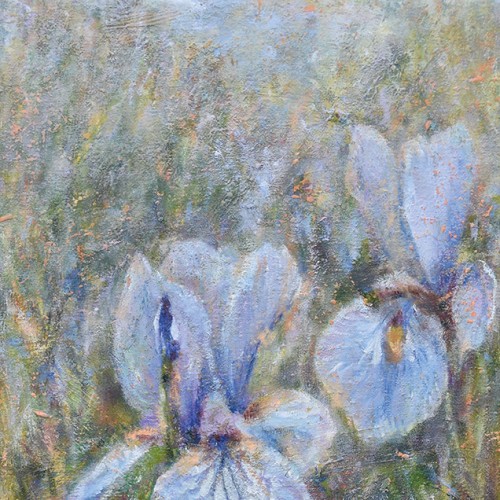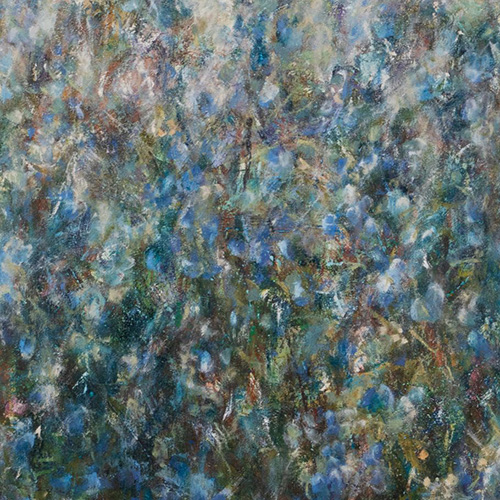Exhibition > Past > Haus Gallery
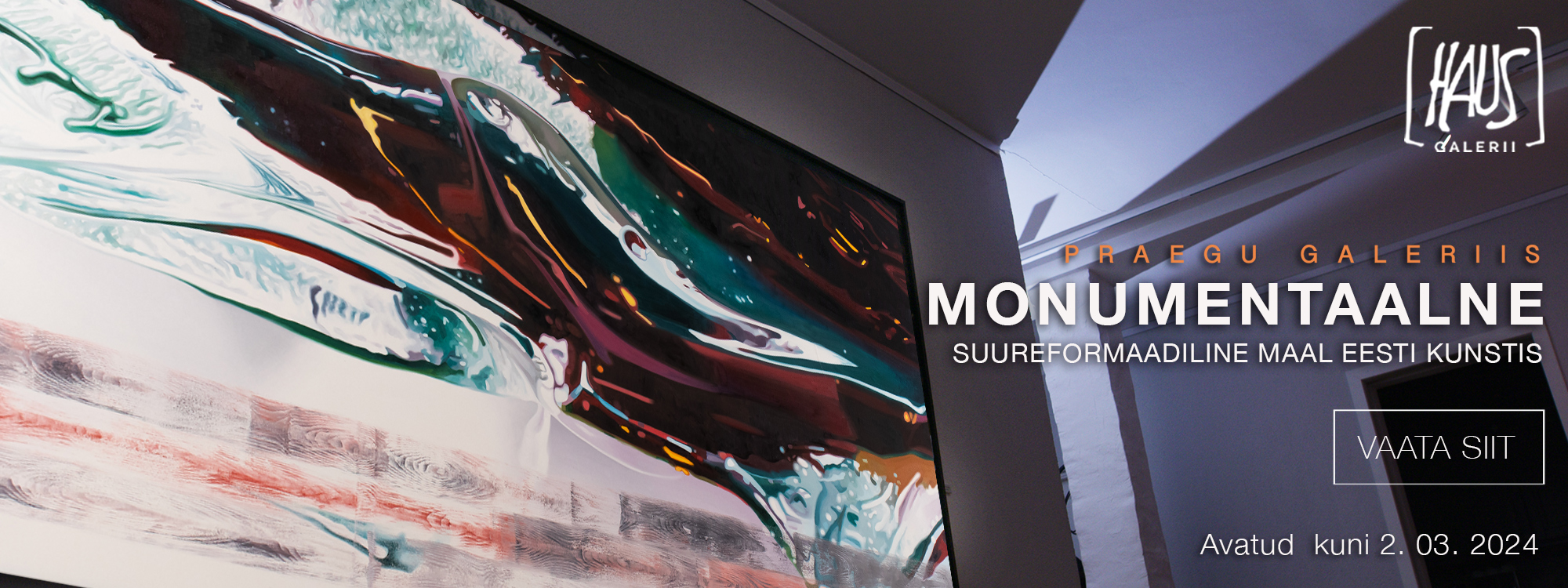
Haus Gallery 16.01.2024
HAUS GALLERY
MONUMENTAL
On painting through the big format
The new exhibition at Haus Gallery explores the format of paintings, exhibiting large and small format paintings in close proximity, based on the principle of contrast. Playing with formats creates an understanding of the possible architectural and spatial contexts that a painting can emphasise.
The current exhibition presents the following selection of authors who are all known creators of monumental paintings in the Estonian art landscape, having found an individual and a unique approach to the big format:
Paul Allik, Vano Allsalu, Siim-Tanel Annus, Jaan Elken, Mauri Gross, Ivar Kaasik, Epp-Maria Kokamägi, Paul Kormašov, Laurentsius, Maarit Murka, Mall Nukke, Anne Parmasto, Sirje Petersen, Juss Piho, Jane Remm, Tarmo Roosimölder, Katrin ja Sven Saag
The following text is a small excursion into art history and the present day, where you will naturally find endless examples of the importance of format in art.
Generally, the size of the paintings has been dictated either by architecture, the power and might of the one who commissioned it, or the propagandistic desire of an empire to perpetuate its historical triumphs on a monumental scale.
So let us start with the painting of the Coronation of Napoleon (1807). The artist Jean-François David was invited to the event held at Notre-Dame, and in his depiction of French high society in party dress, he did not hold back in his praise. The painting measures an awe-inspiring 6.21 x 9.79 metres.
At the Louvre Museum in Paris, a gold frame adds even more magnitude to the painting, and if you want to get an idea of how big it really is, you have to look at a photo of the painting with people standing next to it.
Paintings of this kind are inspired by great powers with imperial ambitions and their historical events. The reason that there is no comparable painting in Estonian culture is simple – our history has simply been different.
But wait – we could still compare David with the Tallinn-born Renaissance artist Michel Sittow (1469–1525). Research of his art on an international level was initiated by the Art Museum of Estonia. Sittow moved within the royal courts of his time and painted the high societies of Spain, Austria, and Denmark. And yet, his portrait paintings are small-format and intimate – they need to be viewed up close, as can be seen from this KUMU video clip from 2018.
Generally, the dimensions of the original work are not usually given much attention, although they can be important and meaningful. What happens, for example, if we cannot take a look at the original painting, and the work is only available via reproduction or screen? Then, it may happen that the dimensions of the work of art can start playing tricks on the viewer’s perception.
During the Soviet era, when one had to study the art history of the world via book reproductions of not perhaps the best printing quality, one formed an impression of the works. This impression was often based on the importance of the work. For example, British pop artist Richard Hamilton’s 1956 work Just what is it that makes today’s homes so different, so appealing?, always reproduced in art history books of the 20th century. American pop art got its name from the racket, or giant lollipop, depicted in the man’s hand, but not in a serious manner, but in good English humour, aimed at Americans. In books, the image was printed larger, and on the screen it also looks large, giving the impression of a large-format and all-around important work. However, when you see the original work in the art museum, it turns out to be just a small collage, cheaply pasted together.
In the 1960s, pop artists began to play with proportions in a humorous way, depicting small, cheap everyday objects as huge and precious. The dimensions of the work of art became the central theme of art itself. As such, Roy Lichtenstein corrected individual comic strips to make them sharper and better, then enlarged them onto canvas, using oil colours to paint the small, cheap images into large, expensive paintings that, when exhibited in a museum setting, compete with the famous paintings of earlier centuries in terms of dignity.
Throughout history, however, the format of paintings has been dictated by architecture. For example, a fresco is painted directly onto a wall in wet plaster and therefore, the size of frescoes follows the architecture. To see the works of Giotto, Italy’s great 14th-century early Renaissance painter, you must travel to Italy.
In the 20th century, we know there was a dramatic increase in formats in American abstract painting in the 1940s, compared to European painting in the 1930s. There were reasons for this, too – America’s emergence from the war on the winning side, the rise of the dollar into the world’s principal reserve currency, the construction of skyscrapers, and an increase in commissions for large paintings. This short video presents Jackson Pollock’s largest format painting from 1943.
In Estonia, the situation is governed by law. In Estonia, the Commissioning of Artworks Act, or the Percent for Art Act, as it is colloquially known, requires that one per cent of the cost of every new building constructed by the state must go to a work of art. As such, by today, a lot of new art has already been created for public spaces using different techniques. If you look at Merike Estna’s painting for the Viljandi State Upper Secondary School from 2015, the format and colouring are indeed important here, so that the art of painting would assert itself in the architecture of the new building and in the visual memory of young people.
The exhibition will stay open until the 2nd of March.
Curator: Piia Ausman
Text: Heie Marie Treier
Paul Allik
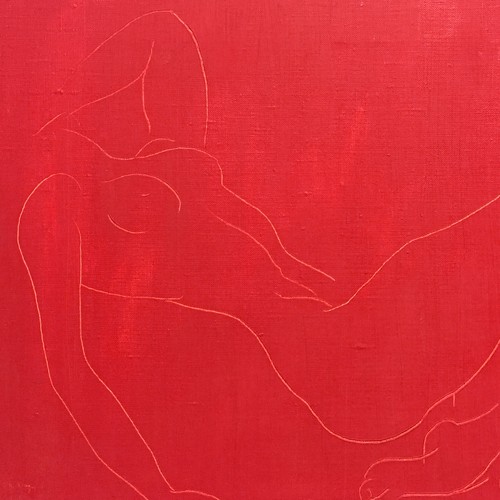
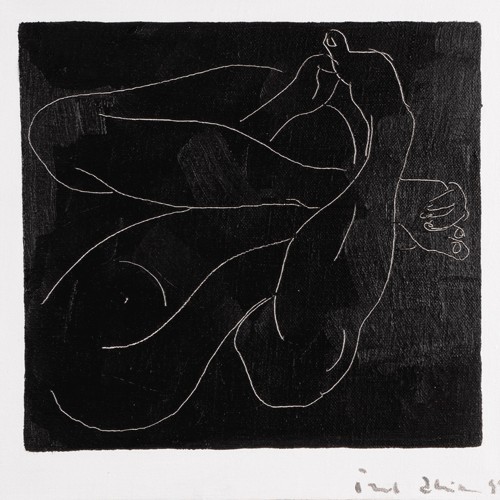
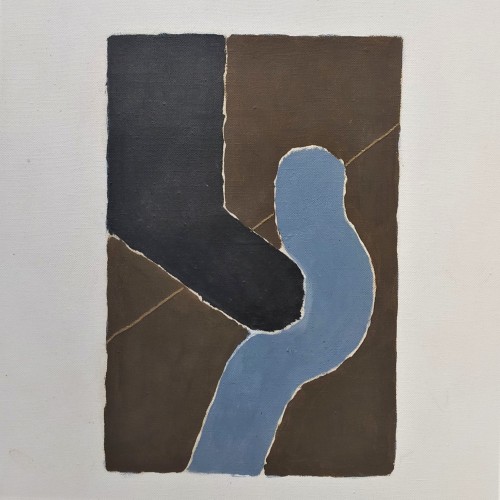
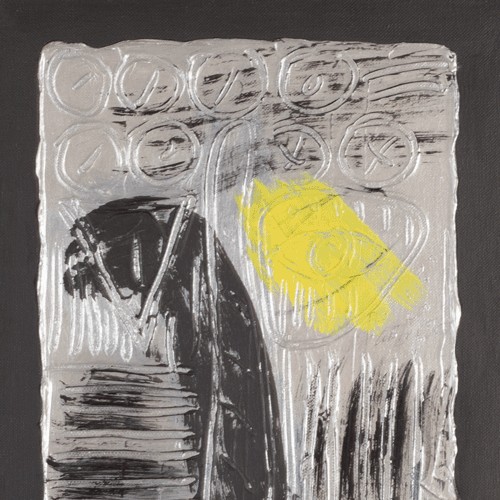
Vano Allsalu
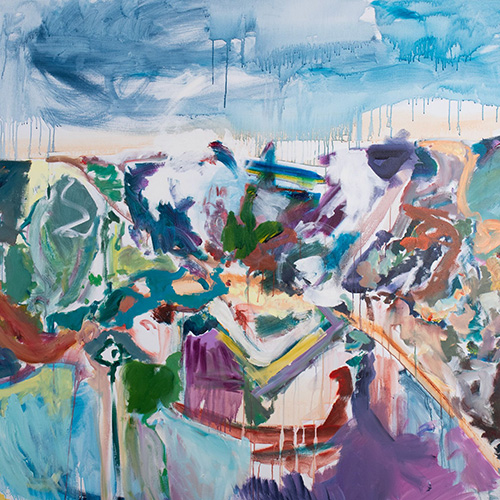
Siim-Tanel Annus
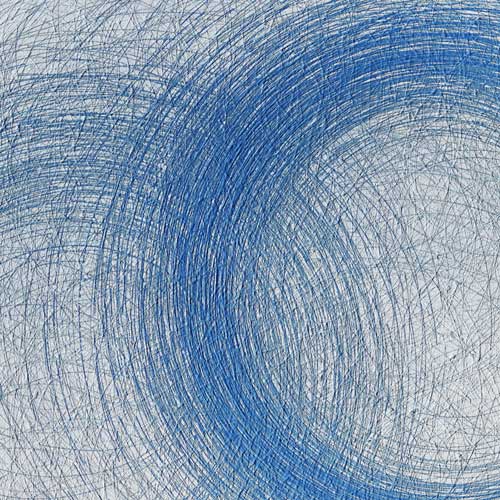
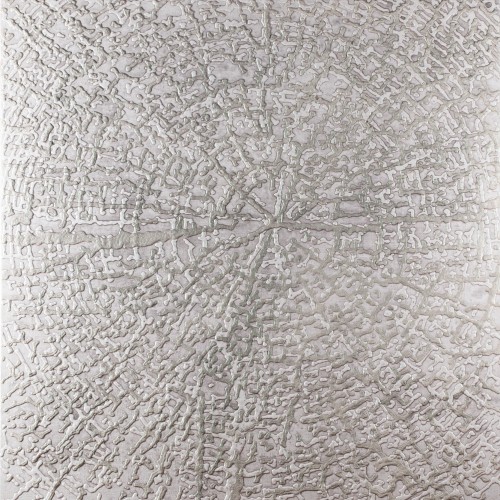
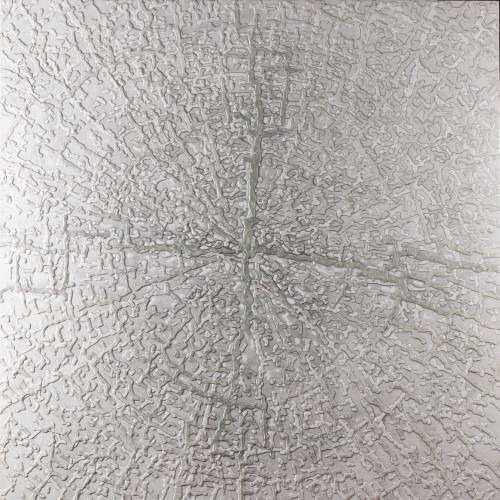
Jaan Elken
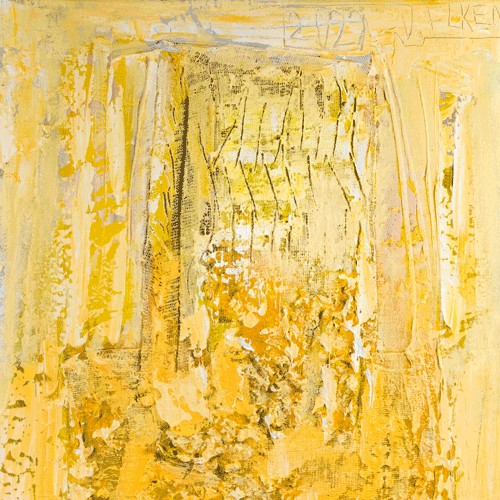
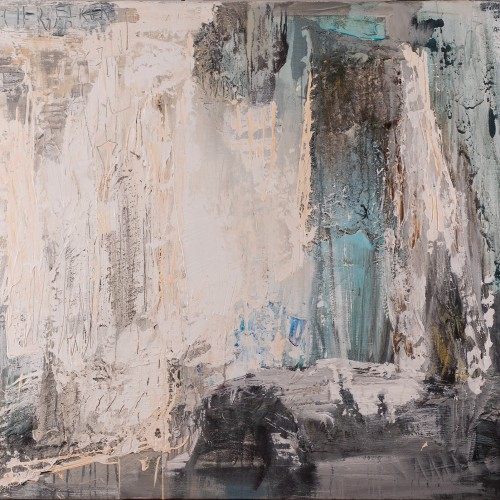
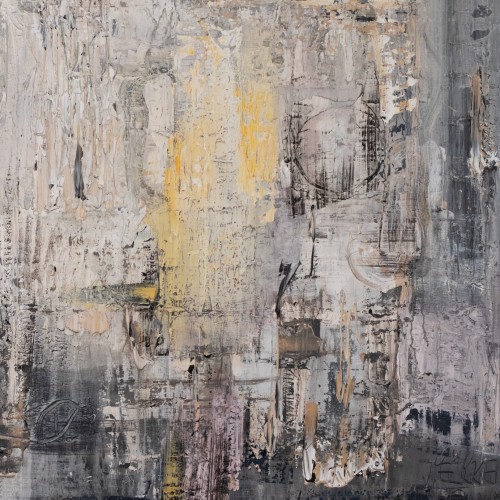
Mauri Gross
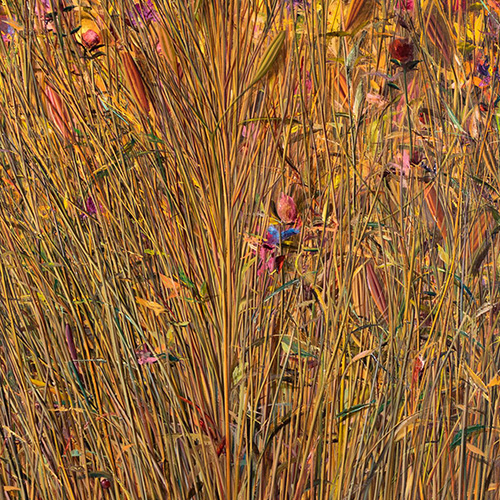
Ivar Kaasik
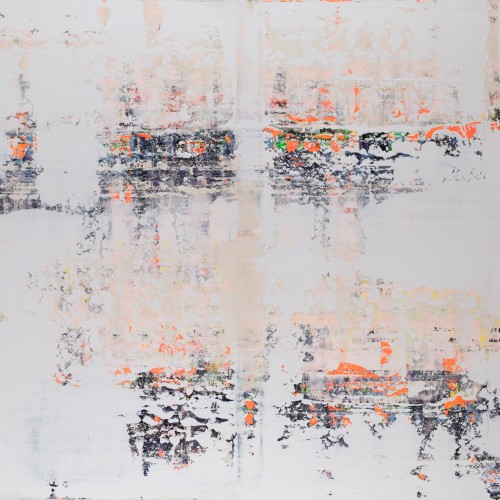
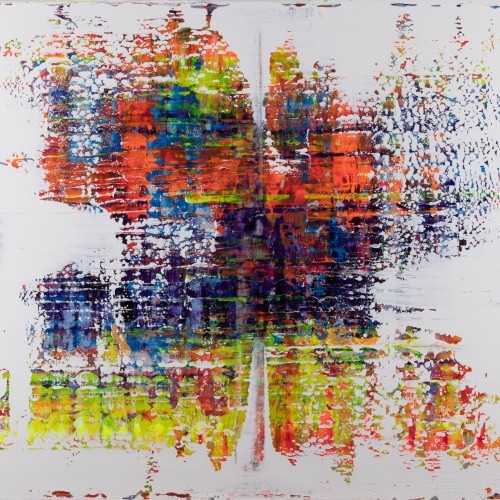
Miljard Kilk
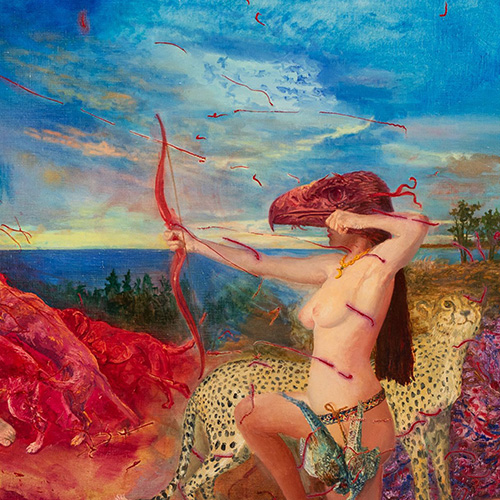
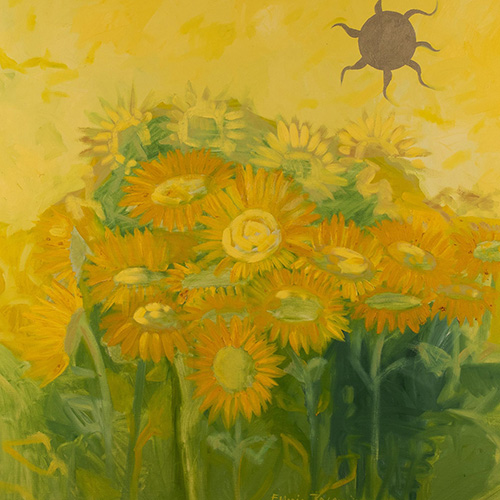
Paul Kormašov
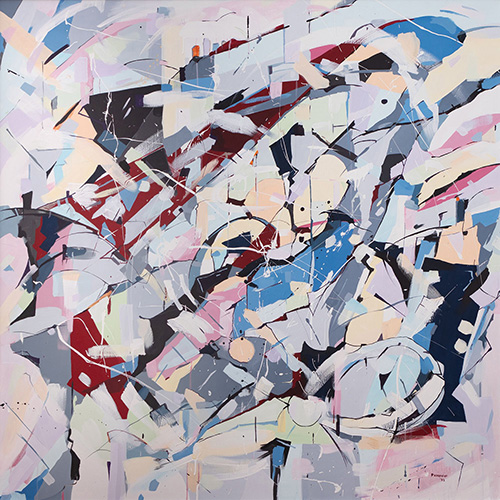
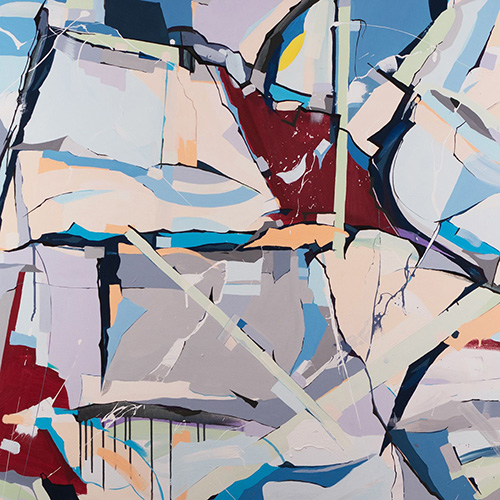
Laurentsius
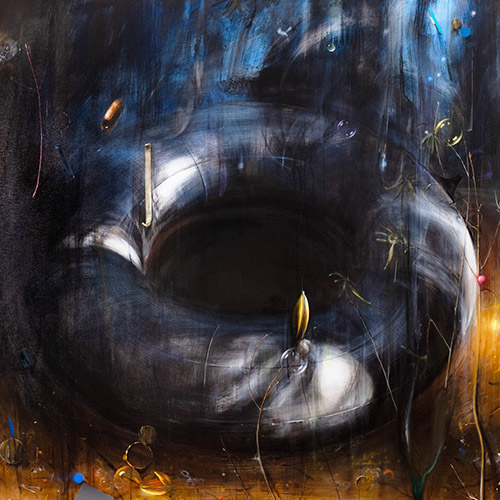
Maarit Murka
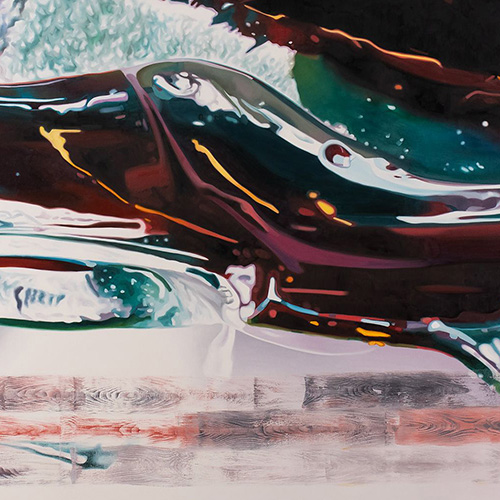
Mall Nukke
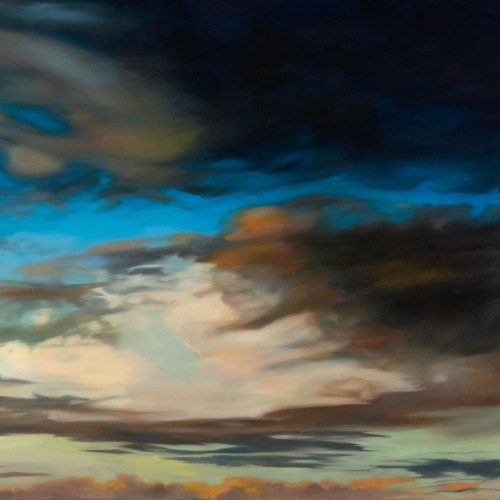
Anne Parmasto
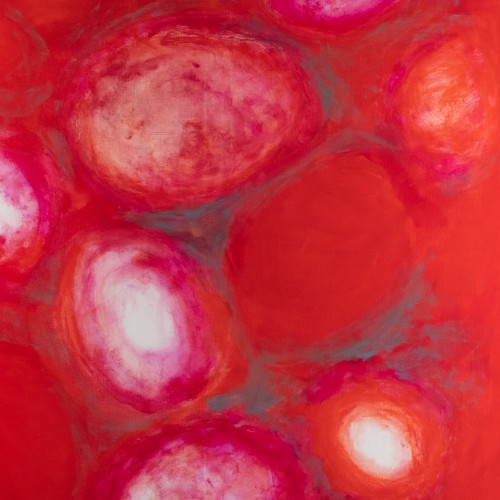
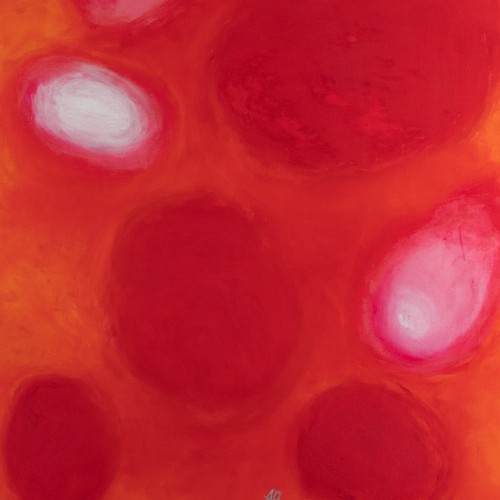
Sirje Petersen
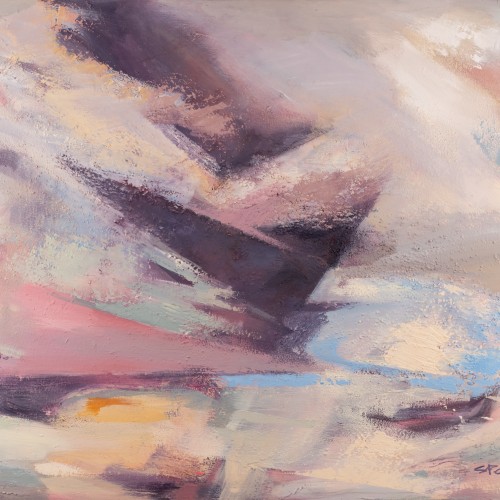
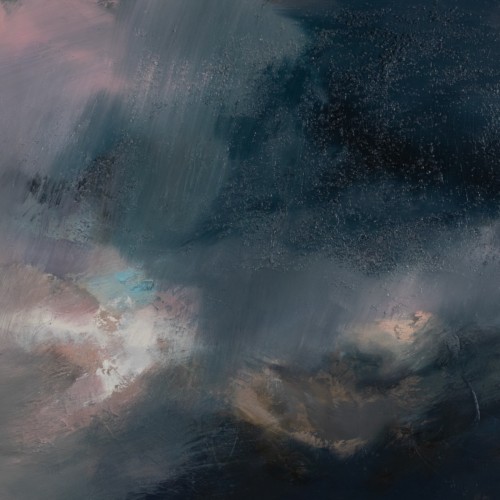
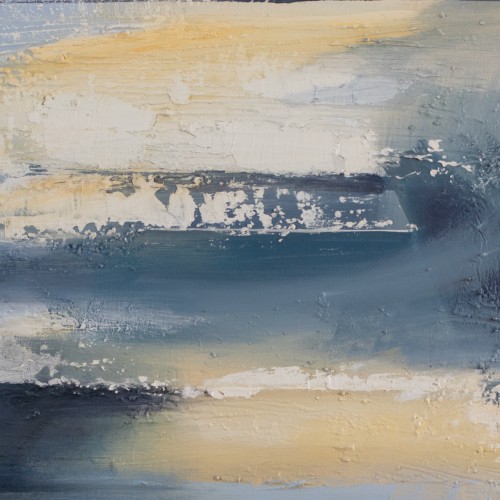
Juss Piho
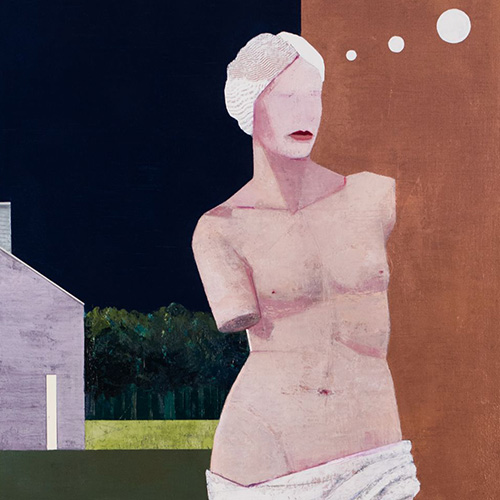
Jane Remm
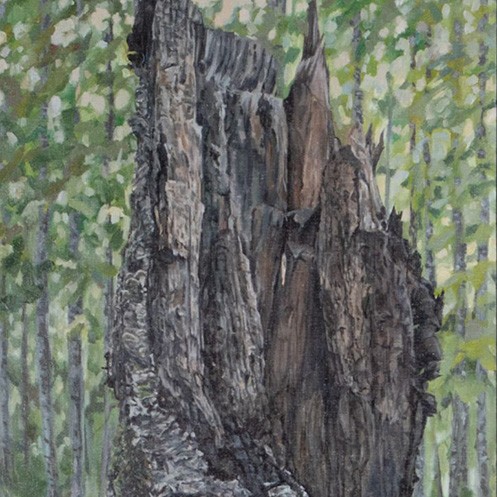
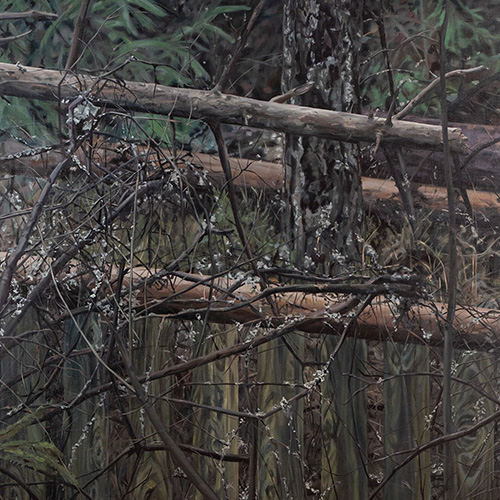
Tarmo Roosimölder
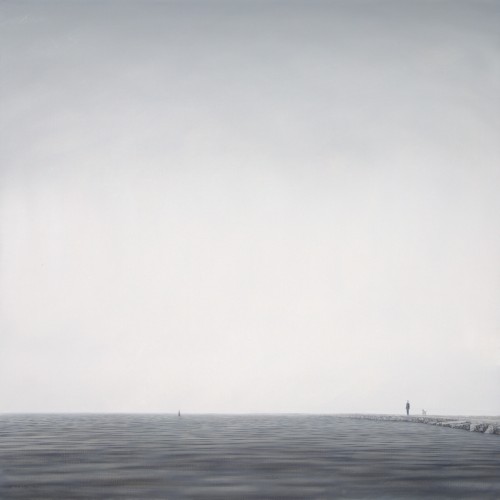
Katrin ja Sven Saag
